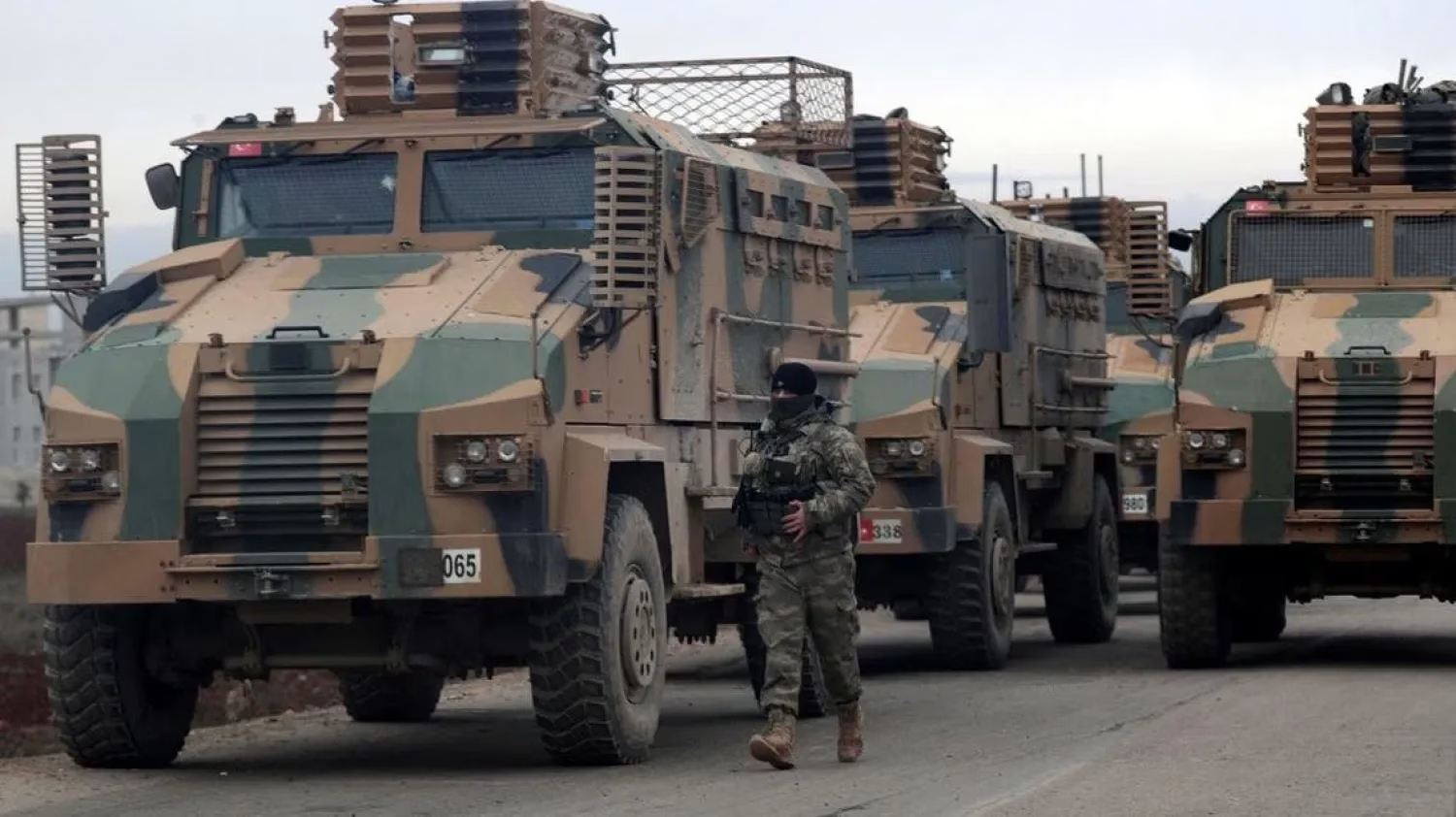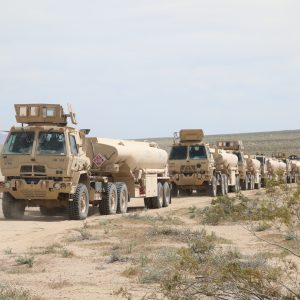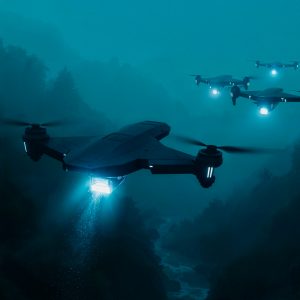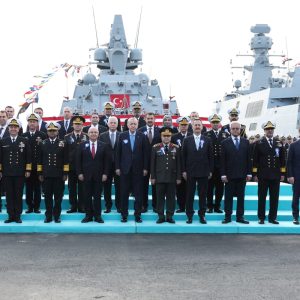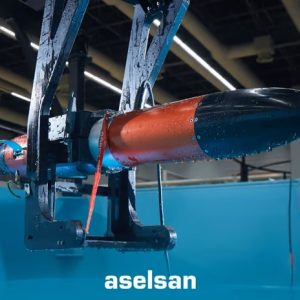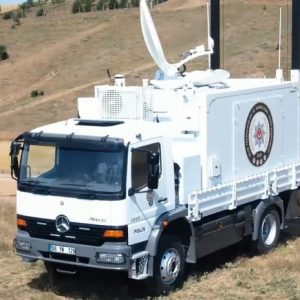Global armored ground vehicle exports are undergoing a period of significant transformation, as a new generation of suppliers—most notably Türkiye—steps onto the world stage to challenge the dominance of long-established defense exporters. This shift is not merely a change in market share; it reflects a deeper rebalancing of the defense industrial landscape. Traditional exporters such as the United States, France, Germany, and Russia now face competition from agile, cost-effective manufacturers that can meet diverse operational needs and deliver platforms on accelerated timelines.
Data from the Stockholm International Peace Research Institute (SIPRI) and official trade reports indicate that a convergence of global factors is fueling unprecedented demand for armored platforms. Geopolitical tensions, including the ongoing war in Ukraine and heightened security rivalries in Asia and the Middle East, have driven many governments to expand and modernize their land forces. Fast-track procurement cycles—often bypassing lengthy tender processes—are becoming common, as militaries seek immediate reinforcement of mechanized units.
At the same time, advances in military technologies are reshaping buyer expectations. Importers are looking for tanks, infantry fighting vehicles (IFVs), and mine-resistant ambush-protected (MRAP) platforms with integrated digital battle management systems, active protection suites, and modular configurations that allow rapid role changes. These requirements are opening the market to suppliers who can combine proven battlefield performance with adaptability, enabling them to secure contracts in regions that were once almost exclusively served by Western or Russian manufacturers.
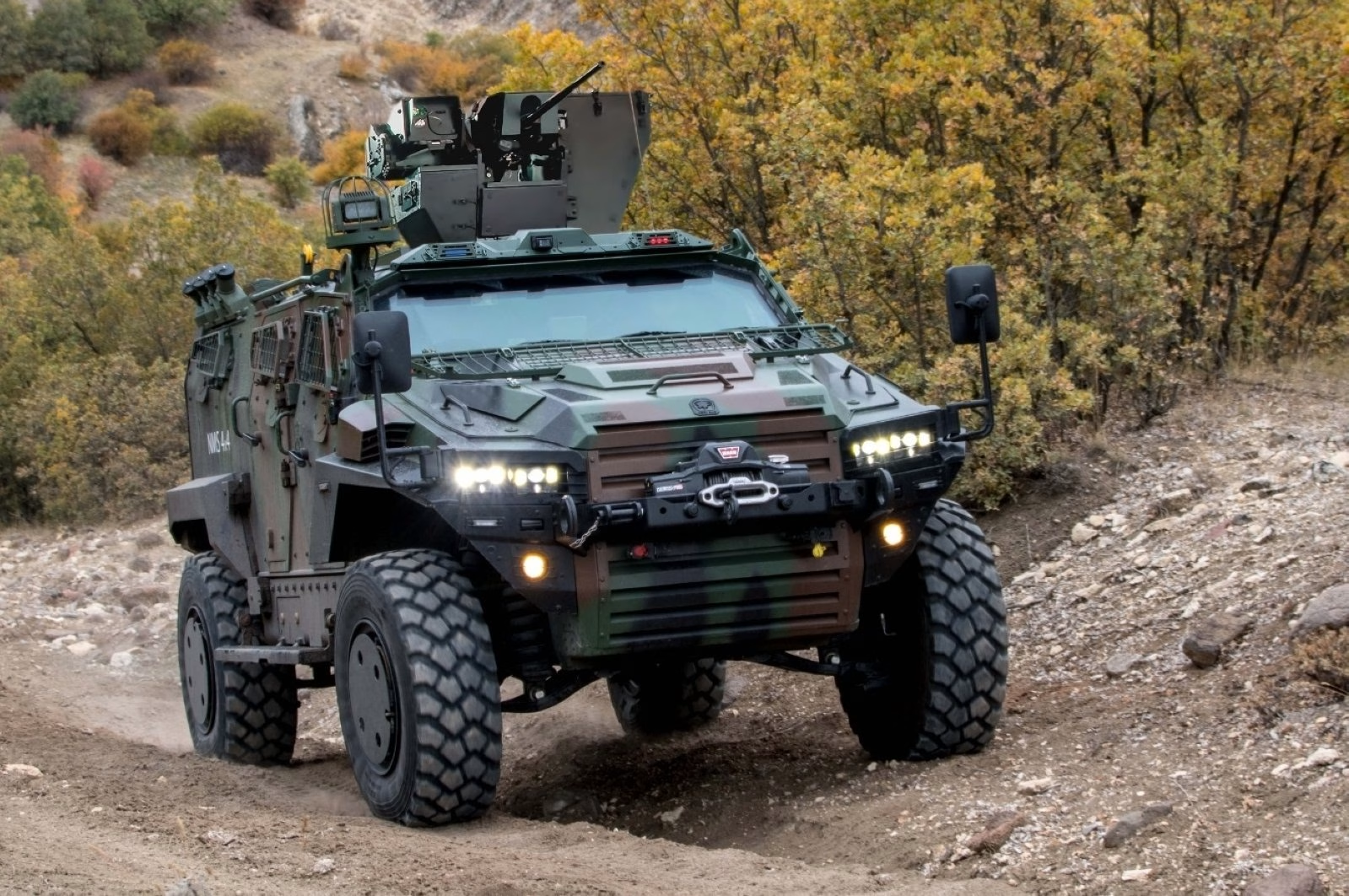
Türkiye’s rapid climb in this competitive environment illustrates the changing nature of the industry. Leveraging indigenous design, competitive pricing, and flexible export policies, Turkish manufacturers are now winning orders from NATO members, Gulf states, African nations, and Central Asian partners—many of which are diversifying away from their traditional suppliers. This trend signals that the balance of power in the global armored vehicle market is shifting in ways that would have been difficult to imagine a decade ago.
Global Market Dynamics
From 2023 to 2025, the global armored ground vehicle market has not only grown steadily but also undergone significant structural changes. This growth is fueled by several intersecting factors: persistent conflicts in Eastern Europe, rising NATO defense budgets, and accelerated modernization programs in Asia and the Middle East. In Eastern Europe, the war in Ukraine has triggered a rapid and large-scale procurement drive, with NATO members replacing older Soviet-era fleets and replenishing equipment donated to Ukraine. In Asia, territorial disputes and regional arms races are prompting countries like India, Pakistan, and South Korea to expand their mechanized forces. In the Middle East, Gulf states are investing in mixed armored fleets to project power and improve internal security.
Europe has now emerged as the largest regional market, accounting for nearly 38% of global demand. This share surpasses both North America and the Asia-Pacific region for the first time in decades. European defense ministries are channeling unprecedented budgets into heavy armor, advanced infantry fighting vehicles (IFVs), and mine-resistant ambush-protected (MRAP) vehicles. Joint procurement initiatives, such as the European Main Ground Combat System (MGCS) program between Germany and France, underscore a long-term commitment to sustaining industrial capacity.
The United States remains the undisputed top exporter in the armored vehicle segment. Its portfolio includes the M1 Abrams main battle tank, the Stryker 8×8 IFV, and a variety of MRAP platforms. These vehicles form the backbone of many allied armies around the world. American exports are often accompanied by training, maintenance packages, and technology transfer, making them strategically attractive for partner nations.
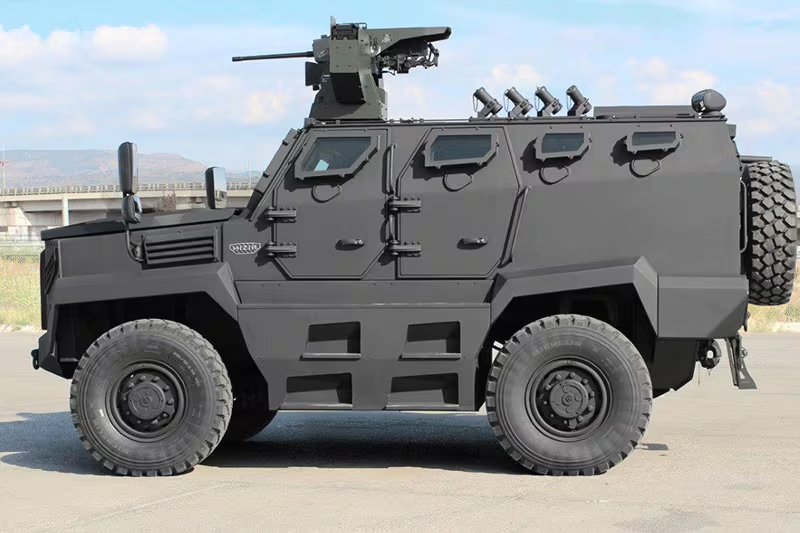
France, Germany, China, and South Korea also hold strong market positions. France’s VBCI 8×8 IFV and AMX-56 Leclerc tank have both secured high-profile sales in the Middle East. Germany’s Leopard 2 main battle tank remains one of the most widely exported Western MBTs, with new orders from NATO and non-NATO states alike. China has made inroads in Africa and Southeast Asia with its VT4 tank and VN-series wheeled vehicles, offering competitive pricing and flexible financing options.
In particular, South Korea has demonstrated how production speed can become a decisive advantage in the armored vehicle export market. Its rapid delivery of K2 Black Panther tanks and K9 Thunder self-propelled howitzers to Poland—well ahead of schedule—has positioned Korean defense firms as reliable partners for nations facing urgent security needs. This agility, combined with favorable pricing and modern technology, is helping South Korea secure additional contracts across Europe, the Middle East, and Asia.
Türkiye’s Accelerating Export Footprint
Türkiye has evolved from being a net importer of military land systems to a prominent and highly competitive exporter in the global armored ground vehicle exports market. Over the past decade, it has invested heavily in indigenous design, modular engineering, and integrated production capabilities. This transformation is reflected in official UN arms register data, which shows that Türkiye exported 549 armored vehicles in 2022 and 501 in 2023 — a combined total of more than 1,050 units in just two years. These figures place Türkiye among the top global exporters by volume, a remarkable leap considering its import-dependent position as recently as the early 2000s.
The country’s export portfolio is anchored by several flagship platforms that have achieved proven operational success in diverse environments. The BMC Kirpi mine-resistant ambush-protected (MRAP) vehicle, known for its V-shaped hull and high survivability, has become a best-seller across Africa, the Middle East, and Central Asia. The Nurol Ejder Yalçın 4×4 armored combat vehicle, with its modular mission kits, offers versatility for reconnaissance, troop transport, and internal security roles. The Otokar Cobra II armored personnel carrier (APC) has earned a reputation for mobility and adaptability in both desert and urban terrain.
These vehicles are now in service with armed forces and security agencies in more than 30 countries. Key clients include the United Arab Emirates, which has integrated Turkish vehicles into mechanized brigades; Qatar, which uses them for both military operations and event security; Saudi Arabia, which has expanded its armored fleet with Turkish models alongside Western systems; Kazakhstan, which has shown interest in co-production agreements; and multiple African nations where Turkish vehicles are deployed for peacekeeping, counter-insurgency, and border security missions.
What sets Türkiye’s approach apart is not only the quality and combat-proven nature of its products but also the flexibility in meeting client requirements. Many export contracts include custom configurations, tailored armor packages, and region-specific weapon systems. Turkish manufacturers have demonstrated an ability to deliver large orders rapidly, often ahead of schedule, and have been willing to establish local assembly lines or joint ventures to strengthen industrial partnerships. This combination of competitive pricing, high adaptability, and strong after-sales support has allowed Türkiye to capture market share from traditional suppliers and position itself as a trusted partner in the global armored vehicle trade.

Competitive Advantages
Türkiye’s success in the global armored ground vehicle exports market is rooted in a combination of competitive pricing, adaptable modular designs, and platforms with proven battlefield performance. This strategic mix allows Turkish manufacturers to meet the operational needs of a broad spectrum of customers — from high-intensity conflict zones to peacekeeping and border security missions. By positioning their products between high-end Western armored systems, which can be prohibitively expensive and slow to deliver, and budget-focused alternatives that often lack modern protection or advanced systems, Turkish firms offer an attractive balance of capability, cost, and delivery speed.
This approach has opened doors to markets across Africa, the Middle East, and Central Asia. In Africa, Turkish armored vehicles have been deployed in missions ranging from counter-insurgency to humanitarian convoy protection, with models like the BMC Kirpi and Ejder Yalçın earning reputations for reliability in harsh desert conditions. In the Middle East, Gulf states such as Qatar and Saudi Arabia have integrated Turkish platforms into their forces to complement Western-made fleets, leveraging them for roles that require mobility and lower operational costs without sacrificing survivability. In Central Asia, nations like Kazakhstan have expressed interest in both imports and joint production agreements, seeing Turkish designs as a pathway to building local defense capabilities.
Another factor underpinning Türkiye’s rise is its willingness to tailor vehicles for customer-specific needs. This includes integrating indigenous or client-selected weapon systems, adjusting armor packages for different threat environments, and providing climate-specific modifications. Turkish manufacturers also support buyers through comprehensive training programs, maintenance packages, and in some cases, technology transfer or local assembly partnerships. This blend of flexibility, cost-effectiveness, and performance credibility has enabled Türkiye to penetrate markets where Western exports face political restrictions, logistical limitations, or simply cannot compete on delivery timelines.
Shifting Import Patterns
Top importers — including Ukraine, India, Qatar, Saudi Arabia, and Pakistan — are reshaping their procurement strategies in response to evolving security needs and shifting supplier dynamics. For Ukraine, the demands of ongoing high-intensity warfare have made it the single largest importer of armored platforms since 2022. Its armed forces have received hundreds of modern tanks, including Leopard 2A4 and 2A6 models from several European nations, Challenger 2 tanks from the United Kingdom, and M1A1 Abrams from the United States. Alongside these, thousands of armored personnel carriers (APCs), infantry fighting vehicles (IFVs), and mine-resistant ambush-protected (MRAP) vehicles have been delivered, most through expedited military aid packages. This rapid influx of equipment has fundamentally transformed Ukraine’s mechanized capabilities, but it has also driven urgent replenishment programs among donor countries, creating new opportunities for global armored ground vehicle exports.
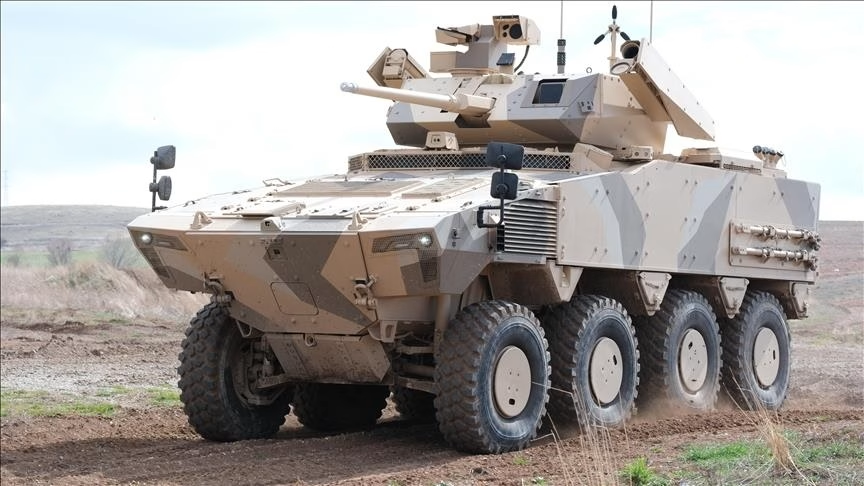
In the Gulf region, Qatar and Saudi Arabia continue to invest heavily in mixed armored fleets sourced from multiple suppliers to ensure both operational flexibility and supply chain resilience. Qatar has integrated German Leopard 2A7+ main battle tanks and French VBCI 8×8 IFVs into its forces while also acquiring Turkish armored vehicles for internal security and special operations roles. Saudi Arabia, traditionally reliant on U.S.-made Abrams tanks and Canadian-built LAV 6 IFVs, has diversified its procurement to include European and potentially Asian platforms, reflecting a broader regional trend toward multi-source acquisitions.
In Asia, Pakistan’s major order for 679 Chinese VT-4 main battle tanks — known locally as the “Haider” — underscores its deepening defense partnership with Beijing. The VT-4 deal, complemented by earlier acquisitions of Chinese APCs and tank destroyers, is being augmented by Turkish platforms such as the Otokar Arma 8×8 APC, which brings amphibious capability and modern electronics to Pakistan’s Marine units. These purchases reflect Islamabad’s strategy of blending cost-effective high-volume orders from China with specialized vehicles from other suppliers to create a balanced force structure.
In Europe, NATO members on the alliance’s eastern flank are replacing legacy Soviet-era armor with advanced Western and Korean systems. Poland, for example, has embarked on one of the most ambitious armored modernization programs in the region, acquiring K2 Black Panther tanks and K9 Thunder self-propelled howitzers from South Korea alongside new Abrams tanks from the United States. Similar procurement drives in countries like Romania and the Czech Republic are expanding the footprint of Western and Asian armored platforms in Europe. This modernization wave is creating a substantial flow of second-hand vehicles — including T-72 tanks, BMP-series IFVs, and older Leopard models — to other regions, either through direct sales or as part of military assistance programs. These cascading transfers not only expand the availability of affordable armor on the market but also reshape the competitive landscape for new armored ground vehicle exports worldwide.
Future Outlook
Analysts forecast that the global armored ground vehicle market could reach between $50 billion and $60 billion by 2030, marking one of the fastest-growing segments in the defense industry. This expansion will be fueled by sustained geopolitical tensions — including the war in Ukraine, heightened competition in the Indo-Pacific, and persistent instability in parts of Africa and the Middle East. Demand will also be shaped by rapid technological upgrades, such as the integration of active protection systems (APS) to counter advanced anti-tank threats, digital battle management suites for enhanced situational awareness, and hybrid or electric drivetrains aimed at reducing logistical footprints. Another transformative factor will be the gradual introduction of unmanned ground combat vehicles (UGCVs) into regular military service. Although currently limited to trials and niche deployments, these autonomous or remotely operated systems are expected to complement crewed armored fleets, offering new tactical options in high-threat environments.
Türkiye’s manufacturers are positioned to capitalize on these trends by combining robust R&D pipelines with the flexibility to customize products for different operational doctrines. Companies such as BMC, Otokar, FNSS, and Nurol Makina are already investing in next-generation armor technologies, modular vehicle architectures, and integrated counter-drone systems. Their growing track record in armored ground vehicle exports — including combat-proven platforms like the Kirpi MRAP and Ejder Yalçın 4×4 — gives them credibility in both established and emerging markets. This, coupled with Ankara’s active defense diplomacy, allows Turkish firms to enter markets where political relationships and security cooperation agreements play as much of a role as technical performance.
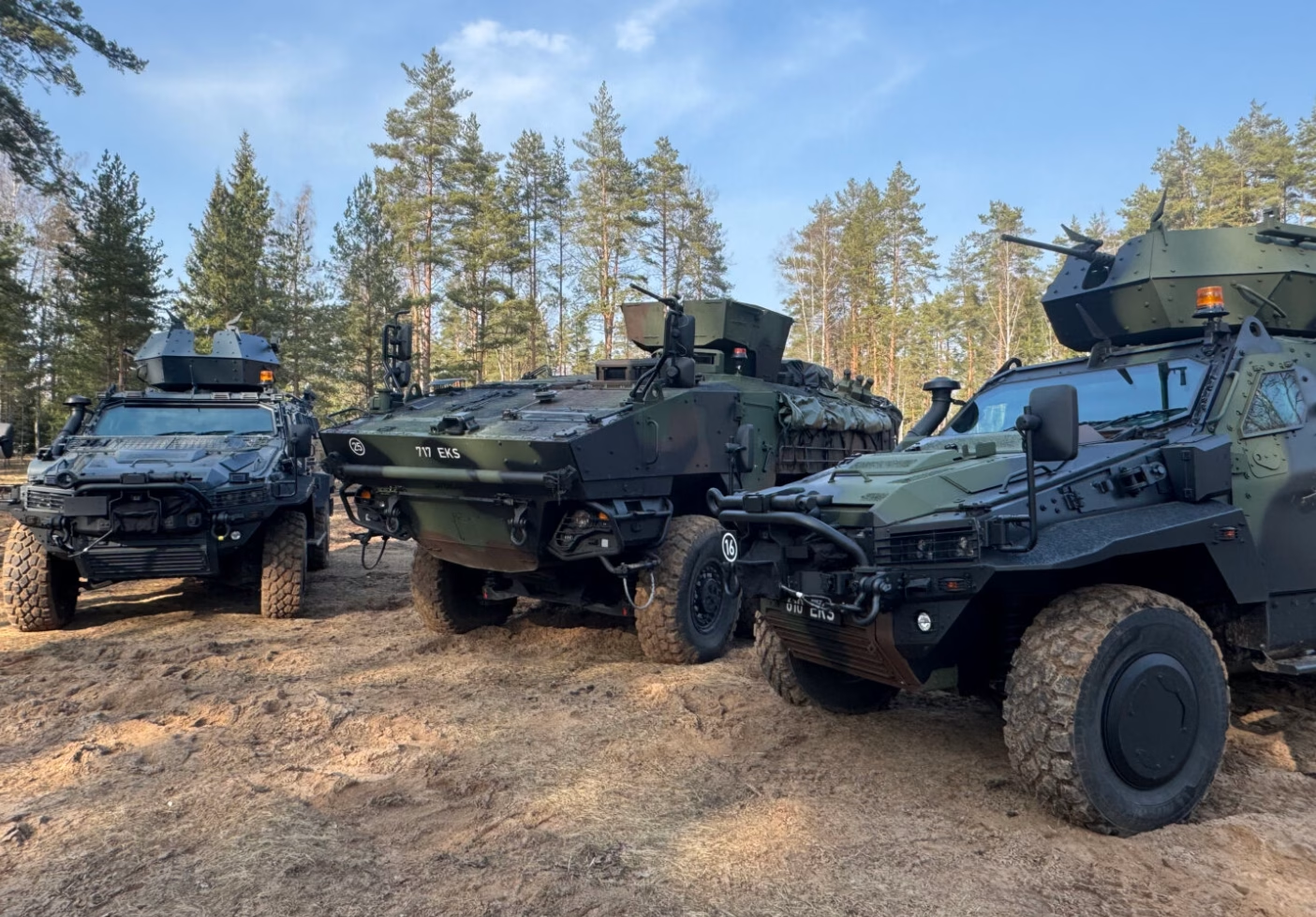
Looking ahead, Türkiye’s strategic priorities will likely include deeper integration into NATO supply chains, ensuring that its armored vehicles meet alliance interoperability standards and can be deployed alongside Western systems without modification. Co-development projects with partners in Asia and the Middle East are expected to expand, offering shared R&D costs and local assembly opportunities that appeal to buyers seeking industrial participation. At the same time, Turkish exporters are expected to target a broader geographic spread — including Africa, Latin America, and Southeast Asia — to diversify beyond their core Middle Eastern and Eurasian markets, thereby reducing exposure to regional political or economic shifts. By aligning technical innovation with proactive market diversification, Türkiye is well placed to secure a larger, more resilient share of the global armored vehicle market in the decade ahead.
Source: SIPRI Arms Transfers Database
Internal Link: Turkish Defense Sector Positioned as Key in Europe’s Rearming Spree
Read Full Report here

